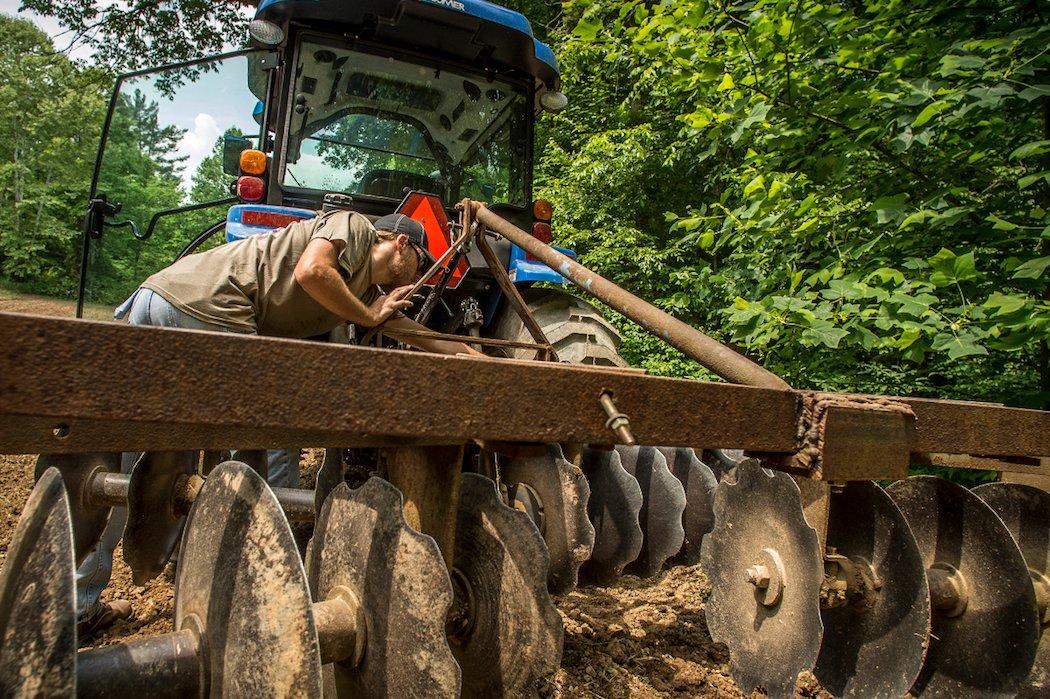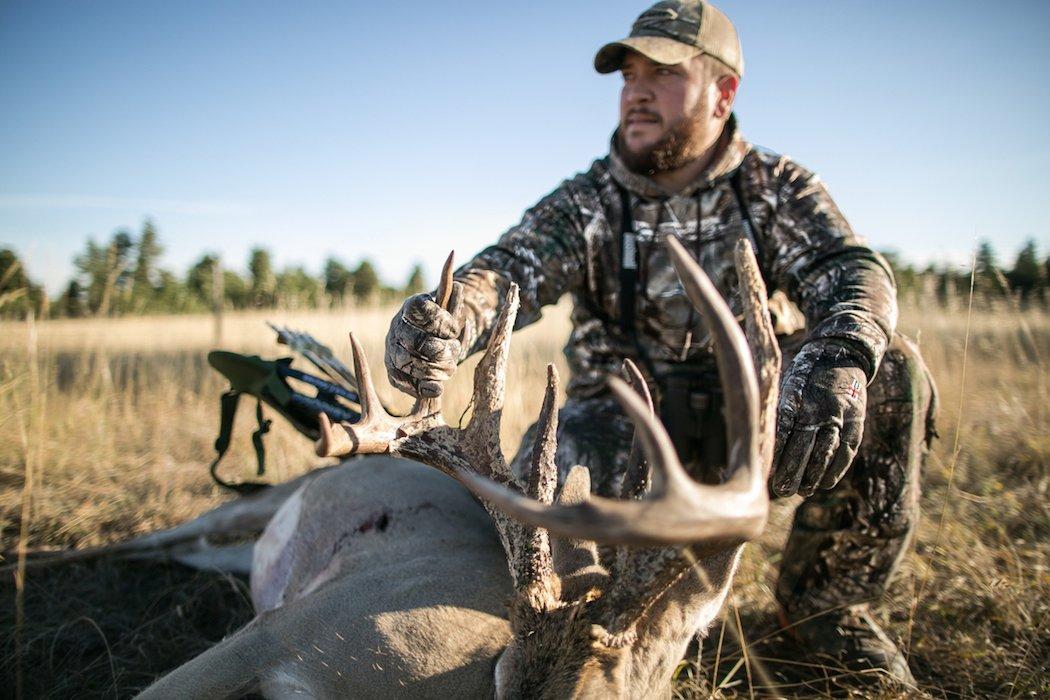There's More Than One Way to Do It
Everyone is talking about how the good ol' days of deer hunting are over. Deer harvest totals are trending downward in most states. Millions of acres of land are lost to development every year. Hunter numbers are dwindling in some areas. All the talk makes it sound pretty bleak.
But it's not all bad. While we have things to work on at the national level, it starts at the local platform. And there are five ways that you can improve the deer density in a short time where you hunt.
So get to it.
Click here for more deer hunting stories and how-to's.
Check us out on Facebook.

Got any old fields or openings that aren't being used? Go in, disc them up good, and let them grow. Don't touch them for two or three years. You'll be amazed at how thick and nasty those areas will become. That's prime bedding for deer. And it's also prime feeding, too.
What many people do not realize is that deer rely on these broad leaf plants and forbs that flourish in these early successional growth areas. In many cases, this type habitat will provide 1,000 pounds of forage per acre for deer. You won't get that with mast crops in a mature forest. And you won't get the bedding cover deer need from a mature forest or open field, either. The best thing we can do for deer is allow fields to grow up, and that process starts with a disc.
Photo credit: Realtree

If discing isn't an option, and you have the permits, knowledge, and resources to do it, prescribed burns are great at hitting the reset button on early successional growth. This essentially does the same thing as discing, but is much better for areas where a tractor and disc can't go, such as forests or thick areas.
Photo credit: Realtree

Need more cover on your property? Need more food sources? Hinge-cutting might be the ticket. This method opens up the forest canopy, which allows light to hit the forest floor, generating new growth. Not only that, but it also provides an instant food source. Deer love eating the buds on trees, which is why most people hinge-cut in winter.
This practice also provides additional cover. Most bucks ‚ especially mature deer ‚ prefer to bed with a log (or a similar structure, like a rock) to their back. Downing trees in strategic locations where you want deer to bed can provide this.
Photo credit: QDMA

Many folks don't like to hear it, but selectively cutting timber is the best way (in my opinion) to increase deer density. Doing this opens up the forest canopy and allows for new, thick growth to shoot up from the forest floor, providing both additional food sources and bedding cover.
If you're apprehensive about logging, meet with a certified forester or biologist and get some information. The insight they can provide will often debunk any myths you believe and reverse any false impressions or negative viewpoints you have of logging.
Photo credit: Olgakuzyk/Shutterstock

Not everyone who hunts public land, has leases, or hunts by permission can do the four things listed before. Trust me, because that's the boat I'm in. So, for those hunters, this option is likely the best one we have to increase deer densities. Responsibly harvesting deer is far and away the best thing we can do to manage the herd. Don't kill too many bucks. Don't kill too many does. It's all about a healthy balance. Take a long, hard look at the deer herd where you hunt and make educated management decisions.
Photo: Heartland Bowhunter






